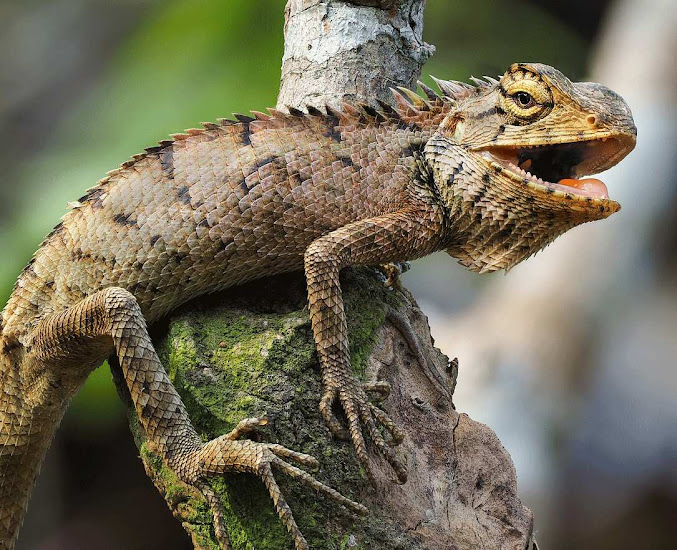The Mexican Tejons: Exploring the Distribution and Origins of this South American Species
The Mexican Tejons Origins
Mexican Tejons, also known as the Ring-tailed Coati, are not native to North America but are found in Central and South America. They are members of the raccoon family and are known for their distinctive long, ringed tails and their omnivorous diet.
Contrary to popular belief, Mexican Coatis are not considered to be native to North America, and their natural range extends from Mexico to South America, including countries like Panama, Colombia, Ecuador, and Peru. These animals are well adapted to a wide range of environments, including tropical forests, deserts, and even suburban areas, which makes them a highly versatile species.
In recent years, Mexican Coatis have also been introduced to some regions of the United States, such as Florida and Texas, where they are considered to be an invasive species. This introduction is believed to have been the result of the pet trade, where individuals were either intentionally or accidentally released into the wild.
Mexican Coatis are known for their energetic and curious personalities. They are highly social animals that live in groups, known as bands, which consist of anywhere from 10 to 30 individuals. The groups are led by a dominant female, known as the matriarch, who makes the majority of the decisions for the group and is responsible for their well-being.
Mexican Tejons diet
includes fruits, insects, small mammals, reptiles, and bird eggs. They are highly opportunistic feeders and will take advantage of any food source that is available to them. This feeding behavior, combined with their highly social nature, has made them a common sight in human-populated areas, where they are often seen raiding gardens, birdfeeders, and garbage cans in search of food.
The coatis' playful and inquisitive nature, combined with their distinctive appearance, has made them popular pets in some regions. However, owning a coati as a pet can be challenging, as they are highly active animals that require plenty of space to roam and play. In addition, owning a coati as a pet is illegal in some states, and it is important to check with local authorities before obtaining one.
In the wild, Mexican Coatis play an important role in their ecosystem as seed dispersers and as prey for larger predators. Despite their importance, they are considered to be a species of "Least Concern" by the International Union for Conservation of Nature (IUCN), as their populations are believed to be stable. However, the introduction of Mexican Coatis to new regions, such as the United States, where they are considered to be an invasive species, can have negative impacts on native ecosystems and wildlife.





